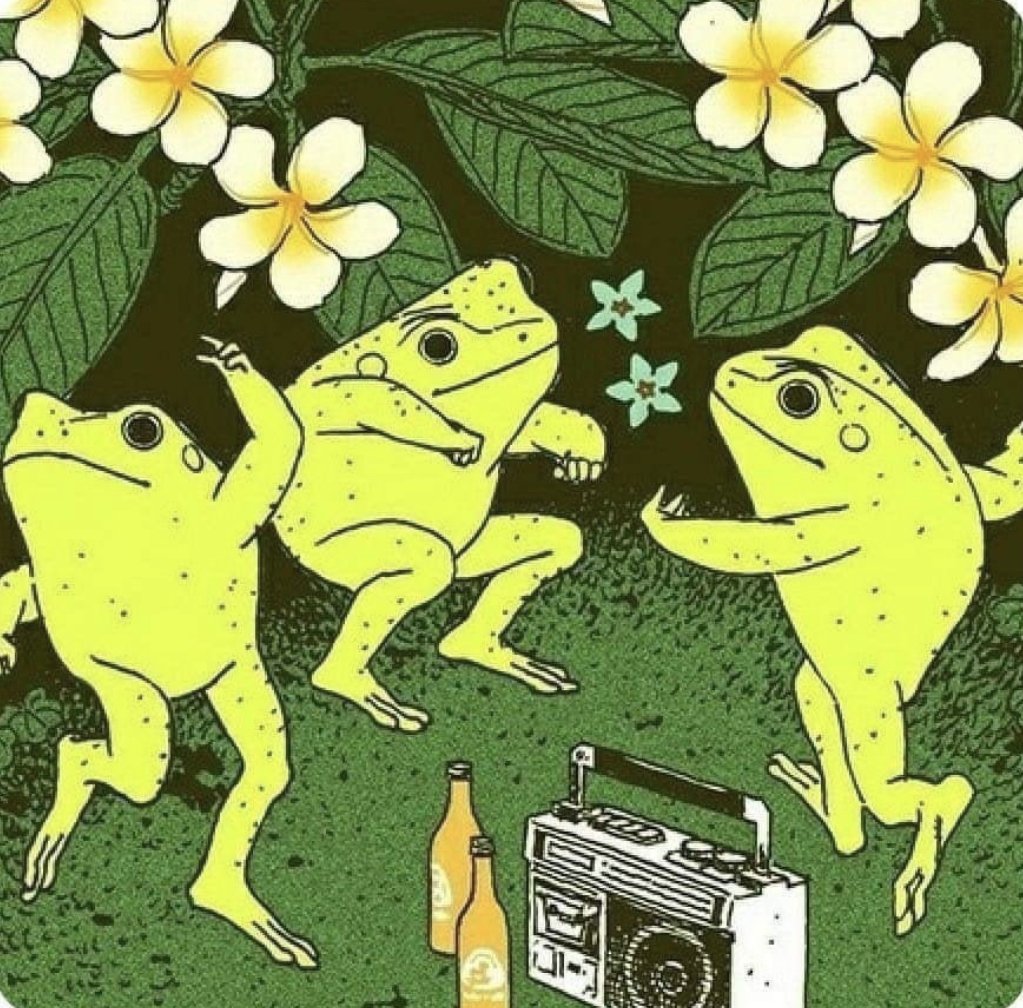The secret to successful conservation is for the animal to be cute
Being edible and farmable can also work
Tell that to the dodos.
It’s very valuable for research purposes too.
Maybe only marginally uplifting, but Japan began a love affair with axolotls several years ago and now they’re a common household pet here. I think it’s safe to say they’re not going to die off.
From what I understand, those used as pets and in labs are all albino, something you rarely find in the wild.
Ones with albinism are common but they can actually have lots of colorations. They are crossbred with tiger salamanders though making them genetically different from wild axolotls. Having cared for a couple I can also say they’re dumber than a block of cheese and I’m honestly amazed they’re surviving in the wild in any capacity
What differences do wild axolotls have from the tiger ones?
Other than the coloration I’m actually not sure. I’ve heard wild ones are tougher but haven’t seen any actual sources personally. I’d really hope they’re smarter too otherwise everything I know about survival of the fittest is in question. Many (most maybe?) of the captive bred ones are descendants of scientific studies so there could be traits like increased regenerative abilities that were bred in but I honestly don’t know
Yeah unfortunately axolotl in captivity are not “real” axolotls. They were crossed with tiger salamanders at some point in their history and have essentially been domesticated (and there is no shortage of those). Pure wild axolotls are critically endangered and will probably go extinct.
[https://www.youtube.com/watch?v=d79EBJYJbuA](How to pronounce axolotl)
Like ocelot, but an A sound in the front, show in the middle, and an air hiss on the back
This thing, just me or anyone see an striking resembles in Axie Infinity.
And like 3 pokemon
And Nix in Star Wars Outlaws.



